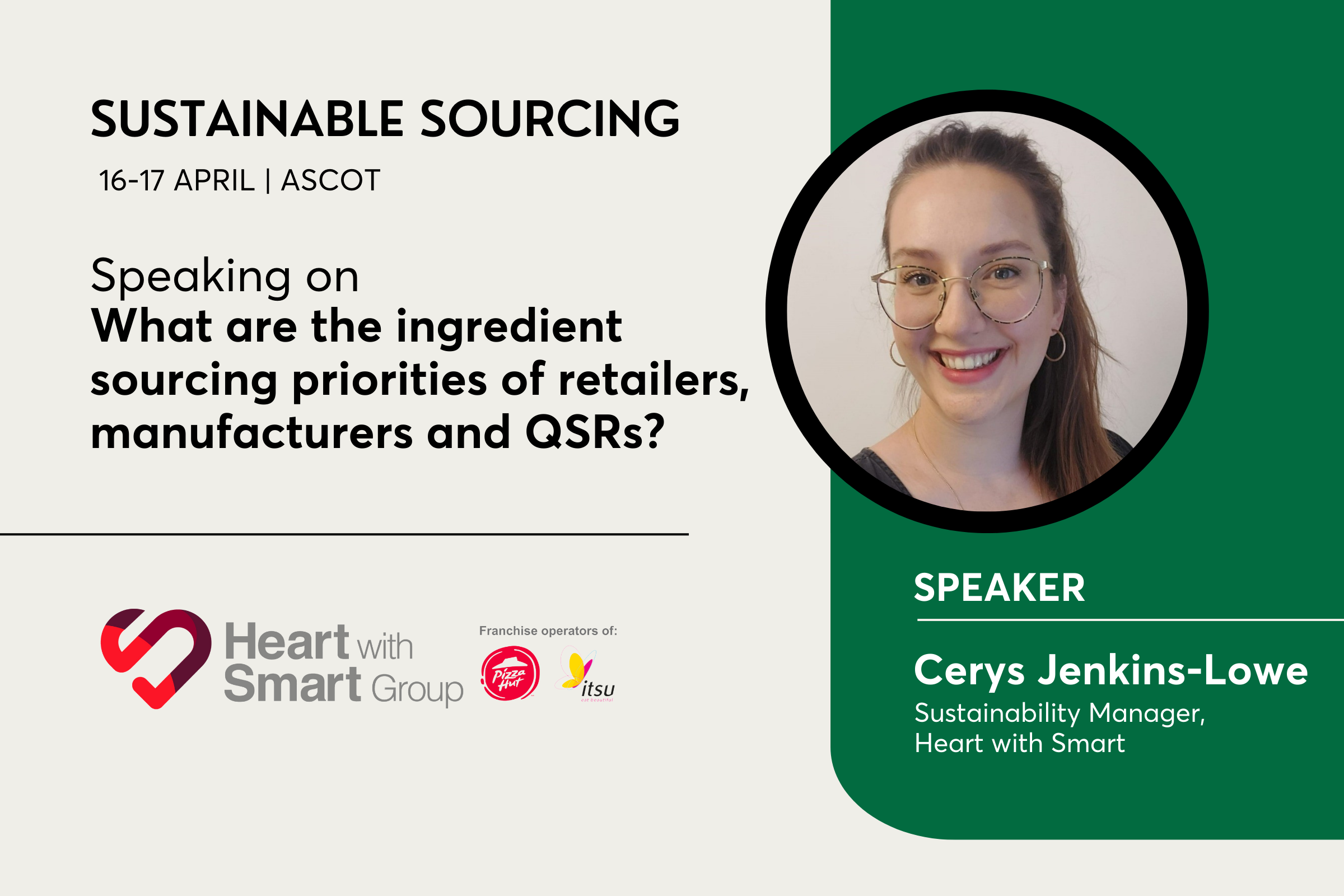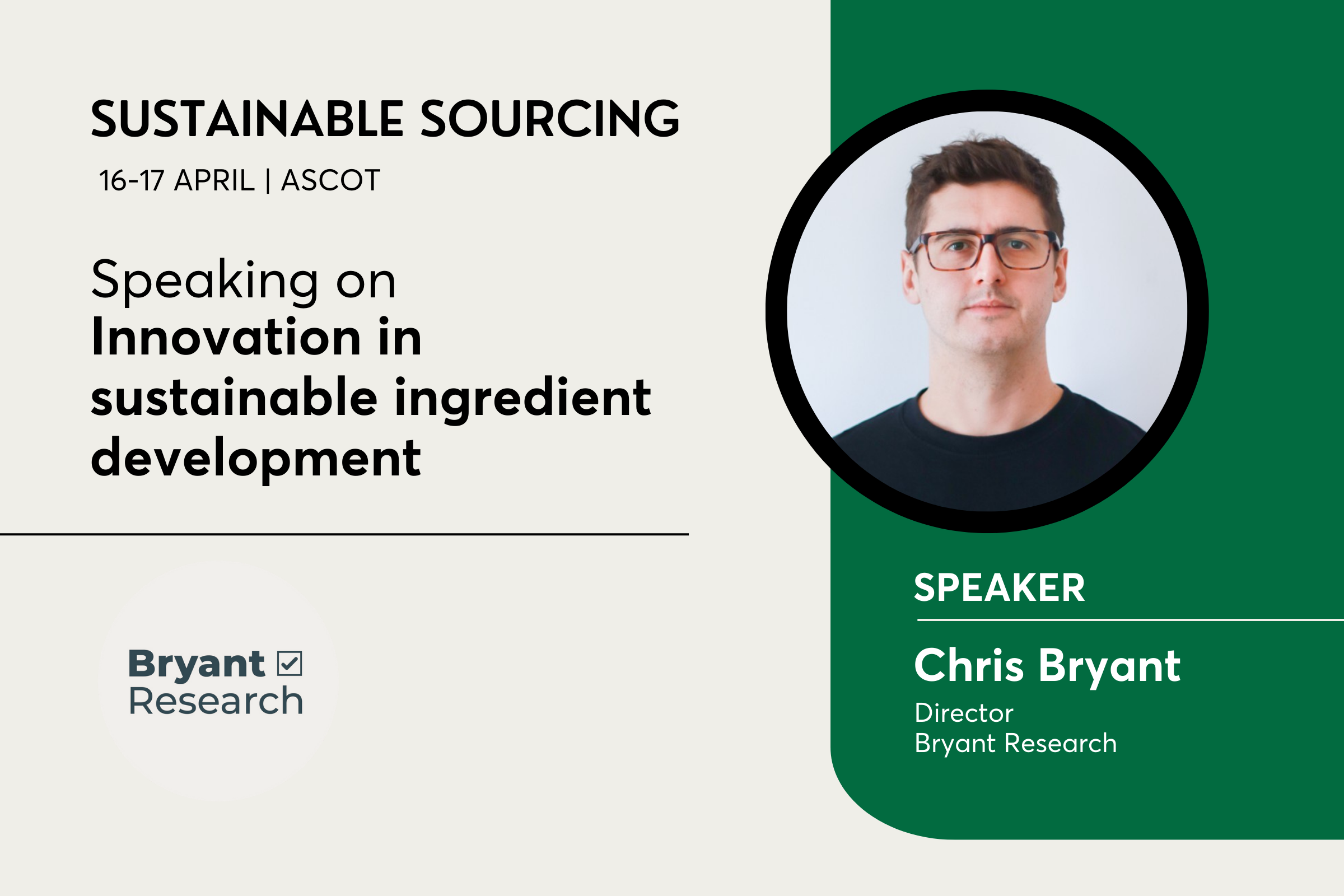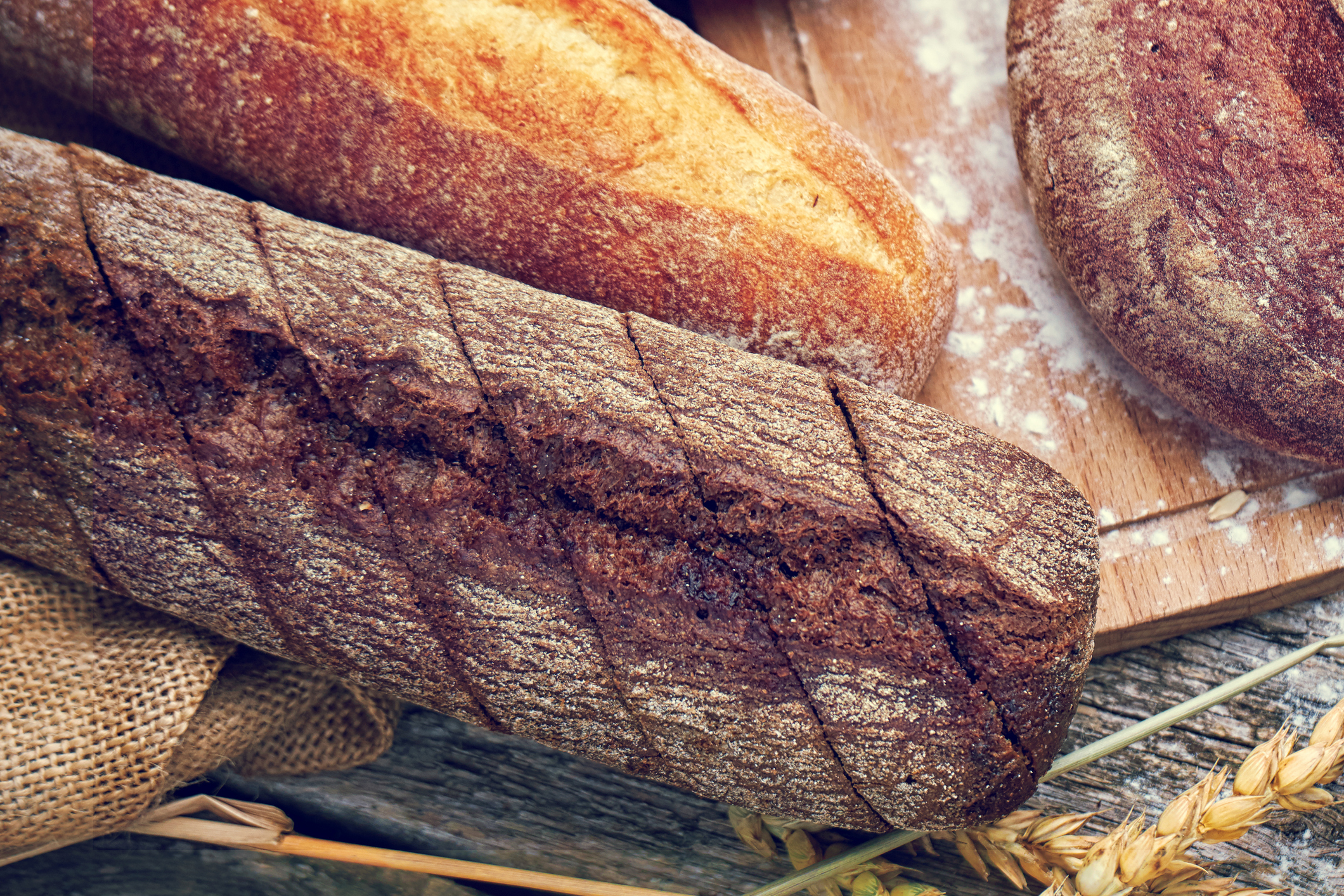We all know that eating and drinking is much more than satisfying hunger and thirst. In every culture there is an elementary human need to connect through food. Family recipes are passed on to younger generations, we enjoy cooking together and for each other, and milestones in our lives are celebrated through food. And it is an important part of creating strong memories: Who can’t clearly remember the smell of freshly baked cake straight from grandma’s oven, even if decades have passed since then?
Even though sensory perception is very individual, there is a common thread: It is all about a multi-sensory experience. Aspects like smell, touch, taste, bite are usually expected to form a harmonious concert. However, some brands deliberately play with contrasts and rely on unexpected texture or flavour combinations to create a surprise effect. Developments in this area can especially be found in the confectionery industry.
When it comes to plant-based alternatives to meat, fish and dairy products, typically a more conventional route is taken. That means harmonising all sensory dimensions to achieve the desired mouthfeel, balance of taste and texture, perfect viscosity and density. Beneo is a leading supplier of ingredients for plant-based foods. At the Beneo-Technology Centre, the company’s application experts deal with formulations and reformulations as well as creating prototypes with the overarching goal that the outcome matches the needs of the market and the addressed target group. With the enormous upswing in the plant-based segment, it is not surprising that an important focus is the sensorial design of vegan and vegetarian foods.
Authenticity counts
Products in the plant-based alternatives aisles have overcome the novelty factor. The most important target group for these products today are flexitarians – consumers who want to reduce their meat and fish consumption without giving it up completely. According to a survey conducted on behalf of Beneo, one in four consumers say they are flexitarians – compared to a niche group of 3% who define themselves as vegetarians or vegans. While a well-rounded taste profile is of course important for all, vegetarian and vegan consumers might sacrifice taste to fit their diet. For flexitarians, however, it is crucial to achieve the same satisfaction with alternative products, making them a very demanding audience.
Asked about how Beneo manages to match these demands, Rudy Wouters, Head of the Beneo-Technology Centre, says when it comes to creating a “harmonious sensorial profile, texture has to be considered first as it also has an effect on the taste perception. Depending on how fast the food decomposes in your mouth, you get a faster or slower release of flavour. So for me texture is the first thing to match before approaching the taste aspect.”
Taste, he says, is “another dimension, especially when you work with plant-based proteins. They all have a certain taste, and it’s important to make sure that your final formulation contains the right spices and flavours to suppress any unwanted off-flavours in the end product.”
Pushing the boundaries of what can be achieved with texture, taste and the other senses in the plant-based space is a key element of the work done by Wouters and his team at the Beneo-Technology Centre. One of its most recent prototypes to emerge is a plant-based alternative to feta cheese, which Wouters describes as a “challenging task” due to its distinctive texture.
Complexity
“You need to create this distinctive brittleness and elasticity”, explains Wouters. “The first step is always to screen your different ingredients. You need to know how they behave with regard to a certain processing in a specific system. And then it is about understanding the mechanism between how all the ingredients work together.”
Beneo adopts a methodological approach to counter this kind of complexity with every challenge, he adds. “There’s your goal, and you take small steps to reach it. You start to adapt the formulation, then the processing, and that’s how you come closer to the finish line. Holding detailed expertise and technical knowledge related to how ingredients function and what they bring in terms of texture is always the key.”
Besides its vast know-how, Beneo can revert to a broad portfolio of plant-based ingredients. Additionally – with the acquisition of the Dutch company Meatless B.V. – Beneo offers textured plant-based ingredients derived from different raw materials, like rice, faba beans, wheat, pea and quinoa. This range fully complements the company’s ingredient portfolio and allows for exciting new combinations with regard to the development of meat and fish alternatives.
“The combination of technical know-how, the smart mix of ingredients and also a little instinct have made this recipe a triumph,” adds Wouters. “In fact, our plant-based feta comes very close to the texture and taste of real feta – this was confirmed by a selection of Beneo employees who recently had the pleasure of being served a salad with plant-based feta during an internal event. The comments from people with very different food preferences were consistently positive.”
Indulgence
Beneo’s feta cheese alternative will be on the menu at Tastes of Better in October, alongside plant-based fish and chicken. Attendees can also expect some sweet treats in the shape of sugar-reduced chocolate and plant-based muffins. Even though the topics plant-based and sugar-reduced might not necessarily have a lot in common at first sight, there is indeed a common thread for Beneo’s event menu: the big trend for conscious indulgence.
Conscious indulgence has definitely a variety of dimensions. Whereas in the plant-based field ethical and ecological aspects may be more decisive buying motivators for many, the sugar replacement category is very health-focussed. According to a global FMCG survey, low sugar content is the most voted option (64%) to the question of what claims make a snack healthy. However, as sugar is critical to taste and texture, there are a number of technical and sensory challenges that need to be addressed to effectively reduce sugar content while meeting the high expectations of consumers.

Beneo’s solutions based on rice mean it can develop chocolate without dairy
Beneo’s solutions based on rice mean it can develop chocolate without dairy
Especially in the chocolate aisle, the demand for lower sugar content is evident, explains Wouters. “Even if chocolate is an indulgent product, there are more and more sugar-reduced chocolates arriving on the market. By using prebiotic fibre such as inulin from the chicory root in their formulation, manufacturers can just follow their standard processing. At the end you’ll have chocolate which is sugar-reduced and enriched in fibre at the same time, but also with a pleasant taste and texture.”
By using prebotic fibre from chicory root, it is possible to cut sugar while maintaining a balanced sweetness and full mouthfeel. It’s just one example of what is possible in the context of conscious indulgence of chocolate. When opting for vegan chocolate opportunities for example, Beneo’s solutions based on rice enable it to develop chocolate without dairy but with the desired snap and melting properties.
Whetted your appetite? Taste it yourself and gain valuable technical insights at Tastes Of Better in October. Everything you need to know about attending can be found here.
Tastes of Better is an opportunity for ingredient innovators to showcase first-hand their latest ingredient, flavour and colour innovations to our UK audience of brands, manufacturers, retailers, foodservice and QSRs.







